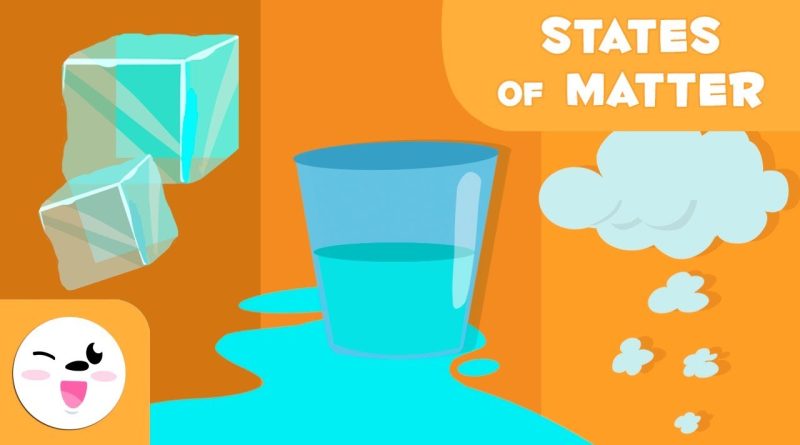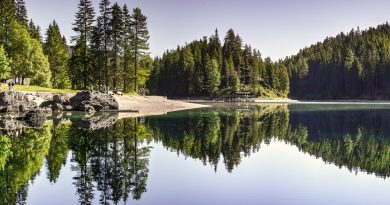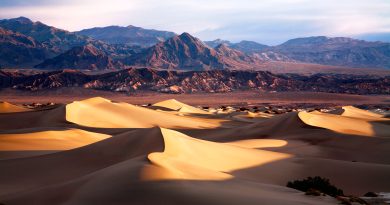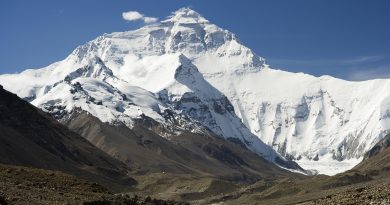What are the different states of matter?
States of matter are different ways that different groups of particles arrange themselves at different temperatures and with different amounts of force.
In the past, these descriptions have been based on how a material looks and how much space it takes up. This left us with just three states: solid, liquid, and gas.
What are solids?
Solid states are used to describe materials that have a fairly fixed volume and shape, like a crystal (like a diamond) or an amorphous solid (like glass) in which the particles aren’t arranged in a very neat way.
Describe a liquid.
Materials that are in a liquid state have a volume that stays pretty constant, but their shapes change more easily when pulled by gravity.
They can flow because the forces that hold their particles together let them move more than solids.
What are gases?
Materials that are in a gaseous state don’t have a set volume. Instead, their shapes are set by the edges of their containers or the forces around them. The forces between their particles let a lot of random movement happen over a large area.
When the amount of energy in a material changes or when outside forces change, like when the pressure or temperature goes up, the particles move differently in relation to the forces that hold them together.
For example, if you add heat to a solid, it can become a liquid. On the other hand, if you put enough pressure on a gas, you could push the gas’s particles close enough together to turn it into a liquid. This is called condensation.
How does sublimation work?
Sublimation is when a solid goes straight from being solid to being a gas without first becoming a liquid. This happens at pressures or temperatures below a substance’s triple point, which is the temperature and pressure at which all three states of that substance coexist in equilibrium.
How many different ways can matter be?
Depending on the kinds of properties that are used to define states, there could be dozens of different examples all over the Universe, in both normal and extreme environments.
New kinds of states, like plasma and Bose-Einstein condensates, are now defined by things like their conductivity and even their quantum nature.
What exactly is plasma?
Plasmas, for example, are like gases in that their particles don’t have a fixed shape or volume. Instead, they move around with a lot of energy and don’t stay in one place.
Plasmas are different from other gases because the particles that make them up are turned into charged forms. The negatively charged electrons are pulled away, leaving positively charged nuclei.
At even higher temperatures, the quarks and force particles called gluons that make up the nuclei of atoms find it hard to stick together. This makes what is called a “quark-gluon soup.” People think that this state of matter was most common when the Universe was young and hot and crowded.
What is a Bose-Einstein condensate?
A Bose-Einstein condensate is what happens when the temperature of some materials is lowered so much that energy almost stops moving. With so little movement, each particle in the material shares the same quantum properties, giving the “cloud” a single identity.
What is the difference between the phase and state of a thing?
People sometimes use the terms phase of matter and state of matter interchangeably, but there is a difference.
A state of matter describes the size and shape of a material, while a phase of matter describes how particles in a certain area of space have similar properties.
Think of two containers, each with an ice cube in it. All of the water is solid, and all of the containers are in the same phase (water in solid form).
If we melt one ice cube, the states (liquid and solid) and phases will be different (liquid and solid phases of water).
If we swap an ice cube for a block of iron, the states will be the same (solid water and solid iron), but the phases inside each container will have different densities, magnetic properties, and reflectivities.



